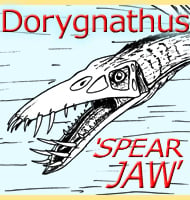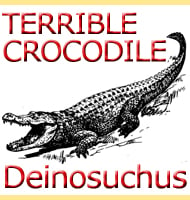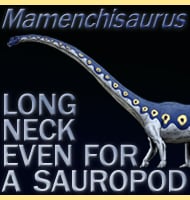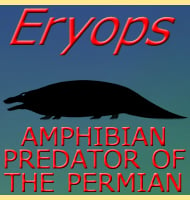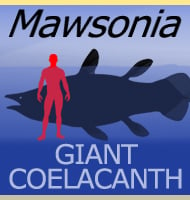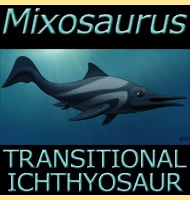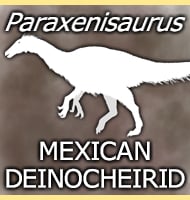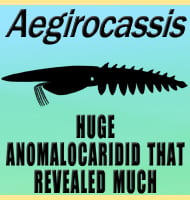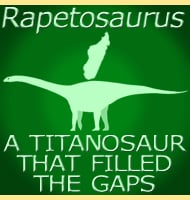In Depth
When first described in 1979, Mussaurus was only known from juvenile individuals, and until 2013 this was supposedly the case. However in 1980 the adult were actually described, they had just been classed under the genus Plateosaurus. With a re-evaluation of these in 2013, Mussaurus is also known from adult remains, and the adult size of this sauropodomorph dinosaur is estimated to be about three meters. Prior to this discovery the genus Coloradisaurus was speculated as being the possible adult form.
As a sauropodomorph dinosaur, living in the late Triassic, Mussaurus is thought to have been primarily if not exclusively an eater of plants. The skulls of juveniles are noted as being shorter but higher in proportion than adults with larger than usual orbits (eye sockets). These are common juvenile features of dinosaurs, and they reflect how the skeleton of juveniles had to form in order to fit inside the eggs as the embryos developed.
Mussaurus represents a possible transitional form that links sauropodomorphs with sauropods.
Further Reading
- El hallazgo del primer nido de dinosaurios triasicos, (Saurischia, Prosauropoda), Triasico Superior de Patagonia, Argentina [The discovery of the first nest of Triassic dinosaurs (Saurischia, Prosauropoda,) from the Upper Triassic of Patagonia, Argentina.] - J. F. Bonaparte & M. Vince - 1979. - Postcranial anatomy and phylogenetic relationships of Mussaurus patagonicus (Dinosauria, Sauropodomorpha). - Journal of Vertebrate Paleontology 33 (5): 1138. - A. Otero & D. Pol - 2013.

